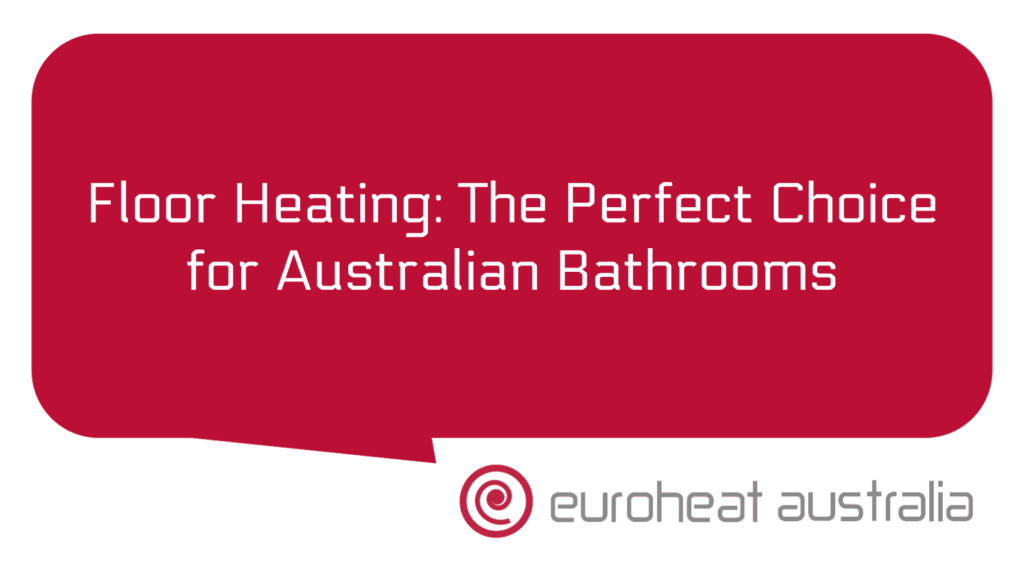When it comes to keeping your home warm and comfortable, one of the best choices you can make is installing an underfloor heating system. Not only does it provide a cost-effective and energy-efficient way to heat your home, but it also offers many other benefits such as uniform heat distribution, improved air quality and comfort, as well as increased safety and convenience.
When considering underfloor heating systems, one of the most important factors to consider is fluid temperature. The fluid temperature directly affects the performance of your system – too high or too low temperatures can lead to decreased efficiency and even damage your equipment. To ensure that you get the most out of your underfloor heating system, it’s important to understand how fluid temperature plays a role in its operation.
Fluid temperature affects how efficient an underfloor heating system is by controlling the rate at which heat is transferred from the boiler or heat pump to the floor. If the fluid temperature is set too high, it will cause the heated water to travel faster through the pipes than necessary, resulting in wasted energy. On the other hand, if it’s set too low, there won’t be enough heat transfer from the boiler or pump to keep your home warm and comfortable. Therefore, setting an appropriate fluid temperature for your underfloor heating system is essential for optimal efficiency and performance.
In general, a good starting point for setting an appropriate fluid temperature for an underfloor heating system is between 50-60 degrees Celsius (122-140 degrees Fahrenheit). This range ensures that enough heat energy is transferred from the boiler or pump while still maintaining reasonable energy costs. However, depending on factors such as insulation levels in the floor structure and type of fuel used (electricity or gas), this range may need to be adjusted accordingly. Additionally, using a programmable thermostat can help you further fine-tune temperatures based on when you need more or less heat throughout different times of day or seasonally.
The benefits of installing an underfloor heating system are numerous – not only do they provide superior comfort levels compared with traditional radiators but they also reduce energy costs significantly due to their high levels of efficiency. To ensure that you get maximum benefit from your underfloor heating system however, careful consideration must be given to its design and installation process – in particular ensuring that correct fluid temperatures are set up correctly during installation and testing phases.
If you’re looking for experienced professionals in Perth who can help with designing and constructing hydrone heating & cooling systems with over 30 years’ experience then look no further than Euroheat Australia – they provide comprehensive design & installation services tailored to meet individual needs & requirements so that you can get maximum performance & cost savings from your underfloor systems without compromising on safety or comfort levels!





